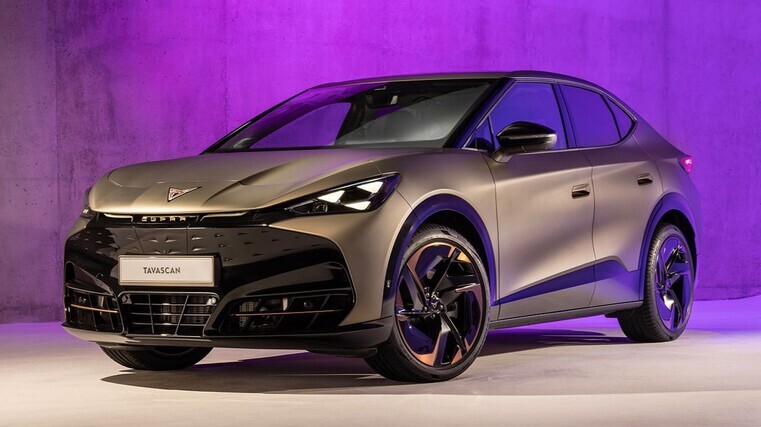Four stars for Tavascan

The Cupra Tavascan, an electric SUV, has received a four-star ANCAP safety rating.
The car performed well in destructive crash testing, achieving solid results in for adult-occupant protection pillar with 89 per cent.
In the frontal-offset test, it provided good protection for most body regions of the driver and front passenger.
However, some dashboard structures presented a potential injury risk, resulting in an adequate rating for the driver’s upper legs and “marginal” for the passenger’s upper legs.
In the side-impact test, the SUV earned maximum points and offering good protection for all critical driver body regions. The oblique pole test showed adequate chest protection, while all other critical body areas showed good levels of injury protection.
The Tavascan is fitted with a countermeasure to protect against injury and intrusion in far-side impacts – a centre airbag between the front seats. This provided good protection to front-seat occupants although excursion of the driver in the vehicle-to-pole impact scenario was rated as marginal.
In the child-occupant protection pillar, the EV scored 87 per cent. Full points were awarded for protection of child dummies in the frontal offset and side-impact crash tests.
“Crash protection is a fundamental element of every safety rating and the Tavascan performed well in these areas with strong structural performance,” says Carla Hoorweg, ANCAP’s chief executive officer.
Within the vulnerable road-user protection pillar, which considers the vehicle’s ability to protect other road users, the SUV achieved a score of 80 per cent.
Its autonomous emergency braking (AEB) system showed consistent performance when responding to pedestrians, cyclists and motorcyclists in a range of collision-avoidance scenarios where it successfully mitigated or avoided collisions.
This Cupra, however, is not equipped with AEB capable of avoiding an adult or child pedestrian while reversing. An anti-dooring system that alerts the driver of cyclists approaching from behind is available, but the warning was not issued sufficiently early and its performance was assessed as poor.
Unlike Tavascan vehicles sold in Europe, Australian vehicles do not offer an intelligent speed-assistance system or speed-limit information function.
These omissions reduced the EV’s score in the safety-assist area of assessment to beneath the 70 per cent threshold required for a five-star rating. It scored 67 per cent in this pillar.
To achieve five ANCAP stars, vehicles must reach established thresholds across each of the four areas of assessment.
Hoorweg says: “While some improved performance across the safety-assist pillar could have enhanced its score, the absence of an advanced speed-assistance system primarily contributed to this four-star result.
“Speed-sign recognition and an intelligent speed limiter are standard in European models, but have not been made available to current Australian Tavascan buyers.
“The Tavascan performed well in each of the other areas of assessment. We encourage Cupra to consider an update to Australian vehicles to elevate it to the five-star level of its European equivalents.”





